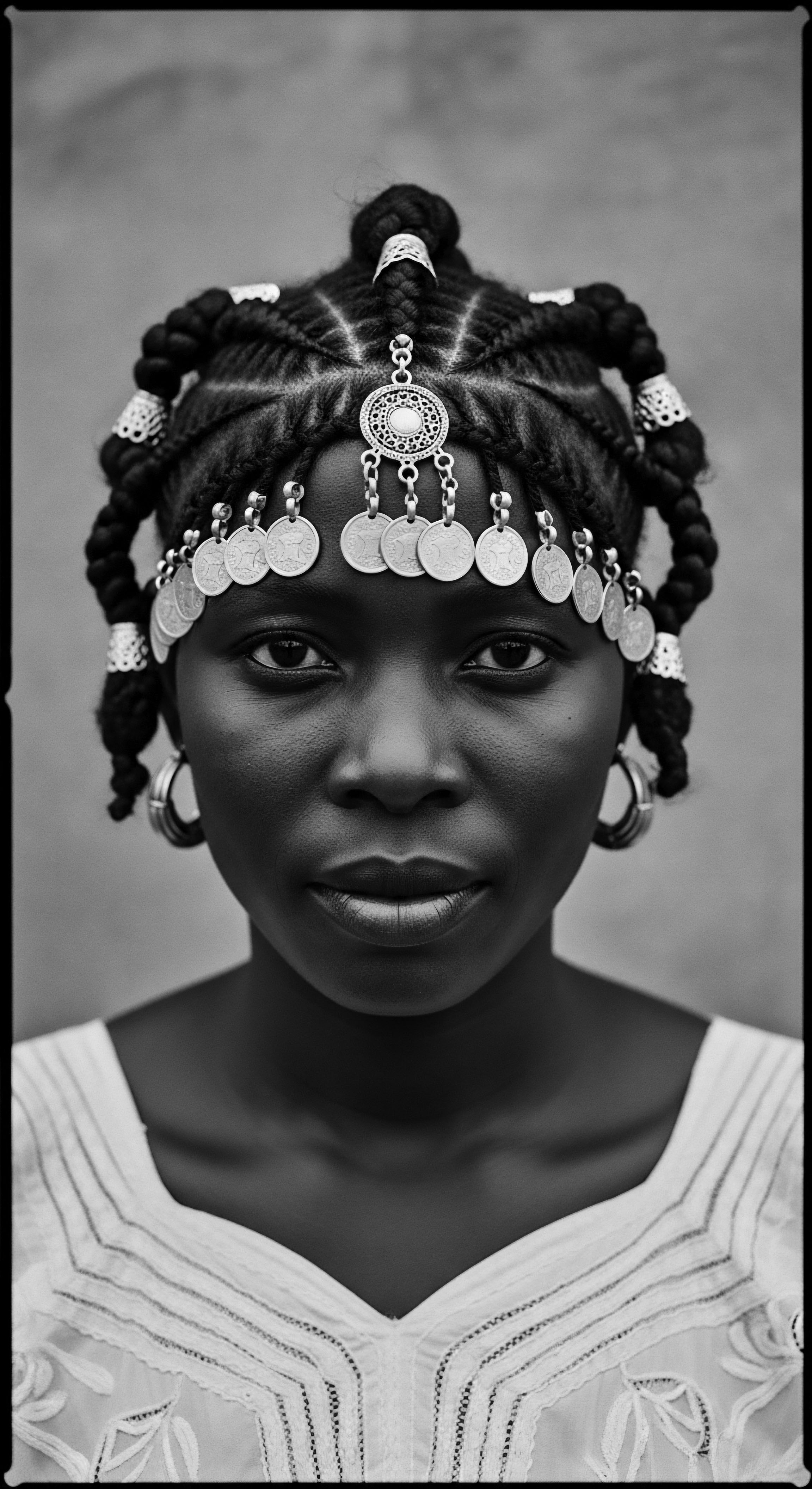
Roots
Consider for a moment the very water you bring to your coils, your waves, your braids. It is never merely a liquid. It holds within its cool embrace the memory of rivers, the whisper of ancient rains, and the communal touch of countless hands before yours. For those with textured hair, the act of cleansing is far from a neutral gesture.
It is a dialogue with generations, a tangible connection to a profound heritage that winds through continents and centuries. This is not some passing trend; it is the very pulse of identity, a story rinsed into every strand, a ritual passed through the ages.
The anatomy of textured hair, with its unique elliptical follicle shape and varied curl patterns, has always necessitated a care regimen distinct from straighter hair types. From the earliest human experiences, recognizing these differences was key to maintaining hair health. Ancient peoples understood that aggressive stripping of natural oils would lead to breakage and dullness.
Their approach to cleansing was therefore often gentle, rooted in observation of nature and the intuitive understanding of what their hair required. This intuitive knowledge forms the bedrock of our modern understanding, a testament to ancestral ingenuity.
The act of cleansing textured hair is a historical conversation, an inherited wisdom flowing through generations.

Early Cleansing Agents From Earth’s Bounty
Long before the advent of industrial soaps, ancestral communities across the globe sourced their cleansing agents directly from the earth. These were not products of a laboratory, but gifts from the soil, the forest, and the riverbank. The utilization of saponin-rich plants was a widespread practice, demonstrating an innate understanding of natural chemistry. Take, for instance, the various species of soapwort or soap nuts (like the Sapindus mukorossi tree indigenous to India and Nepal), whose berries, when agitated with water, yield a gentle, naturally foaming lather.
Communities in India, for example, have used soap nuts, or Reetha, for millennia to clean both skin and hair, recognizing their mild, conditioning qualities which preserve the hair’s natural oils. This ancient knowledge wasn’t confined to one region; similar practices were found in parts of Africa, South America, and Native American cultures, where plants like yucca were highly regarded for their cleansing properties.
Beyond these botanical wonders, mineral clays also served as cleansing and purifying agents. The use of Rhassoul clay from the Atlas Mountains of Morocco stands as a powerful illustration. For over 1,400 years, this reddish-brown clay has been a staple in Moroccan beauty rituals, particularly for hair and skin. Its high mineral content, including magnesium, calcium, and potassium, not only cleanses by drawing out impurities but also conditions, leaving hair soft and manageable.
The communal hammam, a public bathhouse, was and remains a place where these traditional cleansing practices are performed, reinforcing community bonds alongside personal care. These practices demonstrate a sophisticated understanding of earth’s resources, long before the scientific explanations were codified.

The Language of Textured Hair and Its Ancestral Echoes
The very lexicon surrounding textured hair has deep roots. Words used to describe curl patterns, hair states, and styling techniques often originate from specific cultural contexts, reflecting a profound appreciation for the diverse manifestations of hair. The nuanced descriptions of hair types, from kinky to coily to wavy , while sometimes generalized in modern contexts, often stem from ancestral observations and the development of specific care methodologies.
Consider the rich tapestry of terms within various African and diasporic languages that delineate not just hair texture but its condition and the appropriate cleansing methods. These terms carry the weight of generations, informing how hair is perceived and treated.
- Ankara ❉ While primarily known as fabric, the term in some West African contexts can be associated with the vibrant, bold styles sometimes created with cleansed and prepared hair, symbolizing cultural expression.
- Kinky ❉ A descriptor for tightly coiled hair, used by many Black communities to describe their natural texture, which requires gentle, moisturizing cleansing.
- Dreadlocks ❉ Often called Locs, a style with ancient roots across numerous cultures globally, requiring specific cleansing methods that maintain their integrity while removing impurities.
The language of hair, then, is a living archive, each term a small window into the collective knowledge that informs cleansing practices. It reminds us that our vocabulary for textured hair is not a modern invention but a continuous thread from ancestral wisdom.
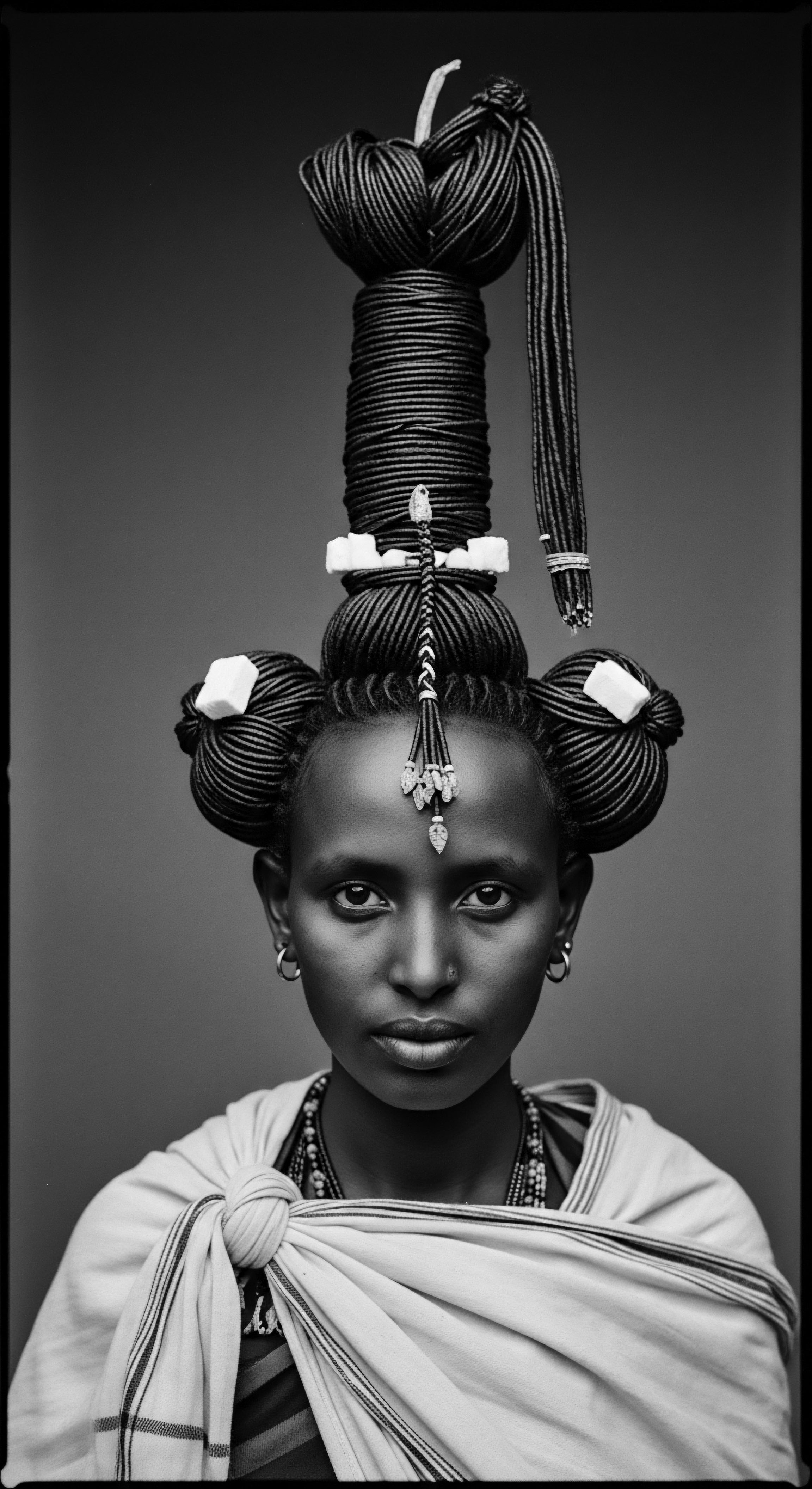
Ritual
The act of cleansing textured hair transcends mere hygiene; it transforms into ritual. Across countless cultures, particularly within Black and mixed-race communities, hair cleansing is not a solitary chore but a moment charged with significance. It is a preparation, a purification, a communal act that reinforces identity, readies the hair for styling, and often carries spiritual or symbolic weight. This is where the heritage of textured hair care truly blossoms, manifesting as a living tradition.
Historically, cleansing rituals often preceded important social gatherings, rites of passage, or ceremonial events. The meticulous washing and preparation of hair were integral to creating elaborate hairstyles that communicated status, marital availability, tribal affiliation, or spiritual devotion. The cleansing, therefore, was the first step in a complex artistic and cultural process, setting the stage for the artistry that followed. It was a time for reflection, for storytelling, and for passing down the intricacies of hair knowledge from elders to younger generations.
Cleansing is a cornerstone in the larger cultural architecture of textured hair styling and social expression.

Cleansing as Preparation for Adornment
In many ancestral African societies, hair was a primary canvas for artistic expression and identity. Styles were not static but evolved with age, social standing, and life events. The pre-styling cleansing process was critical. This involved not only removing dirt and product but also softening the hair to make it pliable for intricate braiding, twisting, or coiling.
| Historical Method Use of plant saps or fermented grains for softening. |
| Contemporary Relevance for Cleansing Modern pre-poo treatments and deep conditioners aim to soften and detangle before shampooing. |
| Historical Method Application of rich, unrefined oils (e.g. shea butter, palm oil) before washing. |
| Contemporary Relevance for Cleansing Oil-based cleansers and conditioners that emphasize moisture retention during cleansing. |
| Historical Method Gentle scalp massage during cleansing to stimulate growth. |
| Contemporary Relevance for Cleansing Continued emphasis on scalp health and massage as part of a holistic cleansing routine. |
| Historical Method The purpose of cleansing remains twofold ❉ purification and preparation for styling. |
The very act of cleansing was an initiation into the aesthetic principles of a community, emphasizing the beauty of well-maintained and adorned hair. It was a quiet instruction, a tender initiation into the ways of a specific cultural identity.
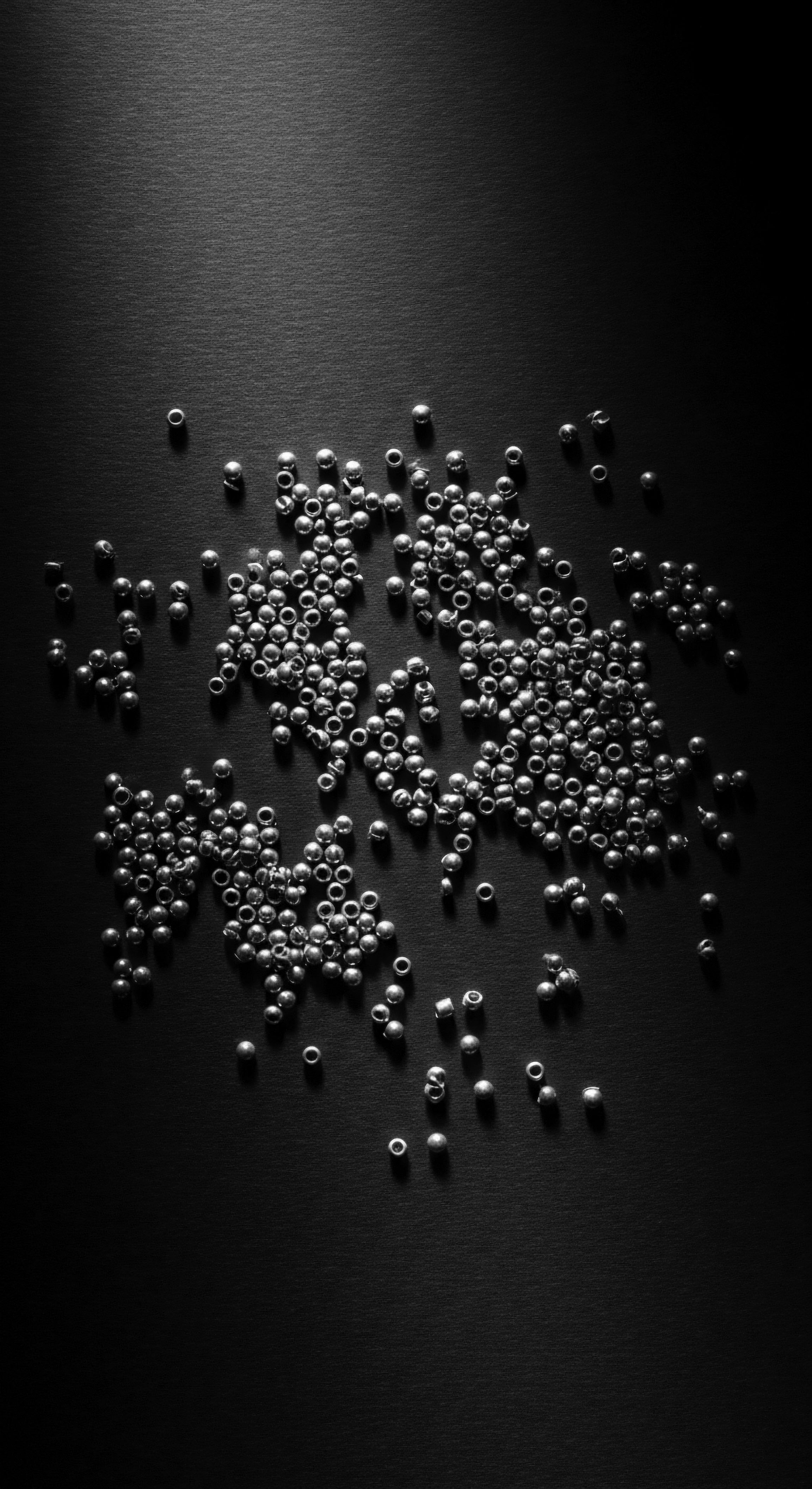
Communal Baths and Shared Wisdom
Could hair cleansing be a communal bond? In many cultures, the act of washing hair was rarely a solitary endeavor. Public bathhouses, shared riverbanks, or even designated communal spaces within homes served as sites for collective hair care.
These settings fostered a vibrant exchange of knowledge, techniques, and shared experiences. Younger generations learned from their elders, observing the precise movements, the appropriate water temperature, and the specific plant mixtures to achieve desired results.
For enslaved Africans brought to the Americas, the remnants of these communal practices, though often stripped of their celebratory context, continued in secret. Shared moments of hair care became acts of resistance, preserving fragments of cultural heritage and forging new bonds within a brutal reality. The passing down of cleansing recipes, often adapted with available ingredients, became a subtle, powerful act of defiance against efforts to erase their identity. This perseverance underscores the resilience of hair traditions as a repository of cultural memory.

Adaptations in the Diaspora Hair Regimen
The diaspora brought profound changes to hair care practices. Access to traditional ingredients was often curtailed, and new environments presented different challenges. Yet, the spirit of adaptive cleansing persisted.
African Americans, for instance, learned to make do with what was available, often using lye-based soaps initially intended for laundry, or creating their own concoctions from kitchen staples. This was born of necessity but also a fierce dedication to maintaining a sense of self and dignity through hair care.
The evolution of cleansing products in the Black community, from early homemade solutions to the rise of specialized ethnic hair care brands, is a direct reflection of this adaptive spirit. Even as commercial products entered the market, the underlying principles of gentle cleansing, moisture retention, and scalp care, echoing ancestral wisdom, remained paramount. The enduring presence of the black soap , originating from West Africa, in diasporic hair care is a powerful testament to this legacy.
Ingredients like palm kernel oil, shea butter, and plantain skins, carefully concocted into a cleansing bar, have maintained their efficacy and cultural significance across oceans and generations. This continuing tradition speaks volumes about its effectiveness and cultural resonance.

Relay
The story of textured hair cleansing is not simply a historical footnote; it is a living relay, a continuous transfer of knowledge, adaptation, and affirmation. This relay connects the whispers of ancestral wisdom to the innovations of contemporary science, revealing how the deepest insights into hair care are often found at the intersection of tradition and discovery. The act of cleansing, viewed through this lens, becomes a profound assertion of heritage , an active participation in a continuum that has spanned centuries.
Understanding the elemental composition of our hair, its unique lipid profile, and the challenges of moisture retention has always guided cleansing practices. Modern trichology, with its detailed understanding of the hair shaft and scalp microbiome, often provides scientific validation for practices that have been informally observed and passed down for generations. The gentle, low-lather approaches favored by many textured hair communities today, for instance, mirror the mild saponin cleansers of antiquity, acknowledging that preserving the hair’s natural oils is paramount.
The contemporary landscape of textured hair cleansing is a testament to ancestral resilience and adaptive ingenuity.
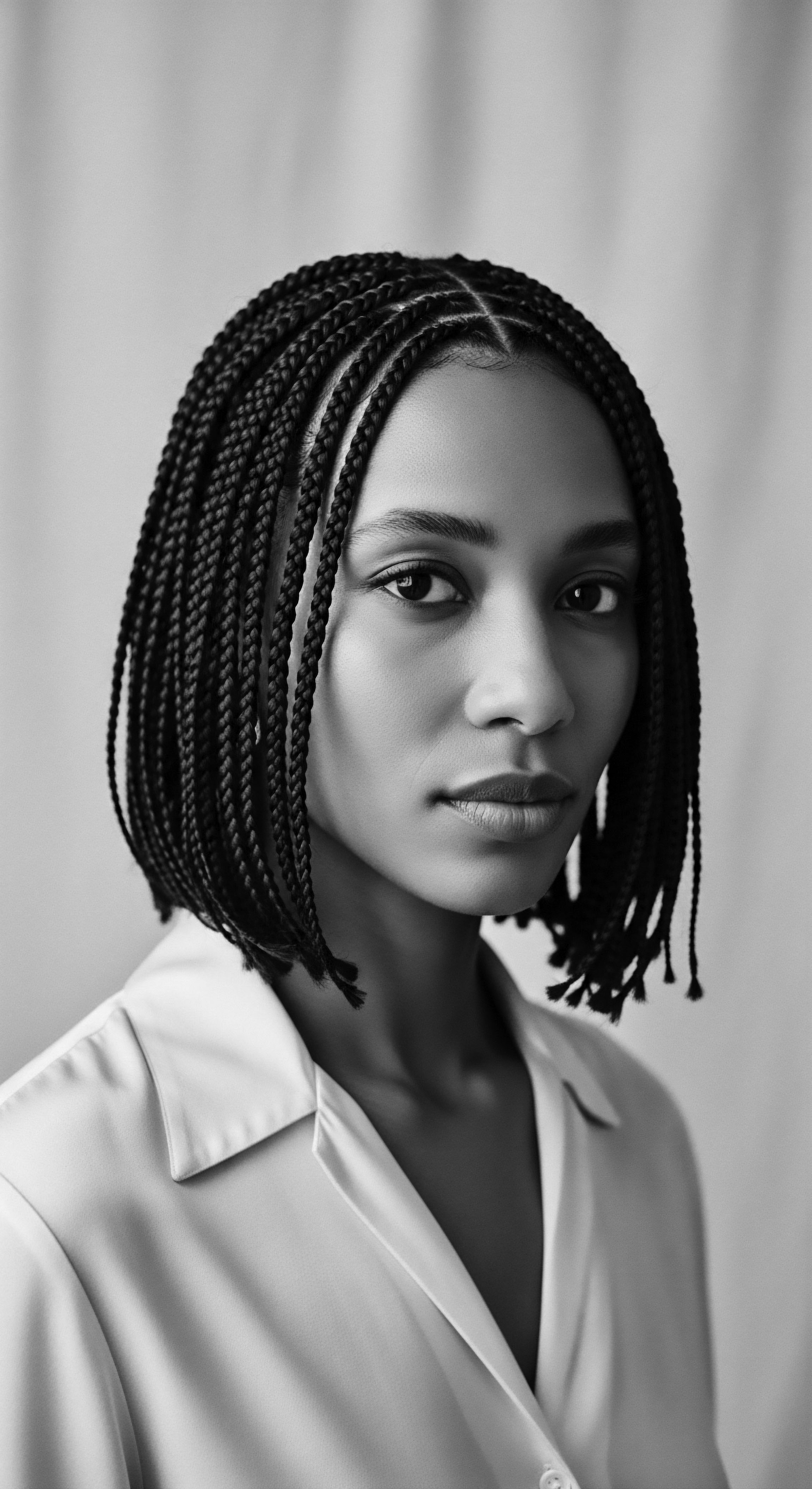
Sustaining Cleansing Traditions Today
The modern textured hair community actively sustains and reinvents ancestral cleansing traditions. This is seen in the resurgence of interest in DIY hair remedies and the widespread adoption of specific cleansing techniques. For instance, the co-washing method, using conditioner to cleanse, finds echoes in historical practices where water-only rinses or plant-based infusions were used, prioritizing moisture over stripping. This modern approach, often considered radical in mainstream hair care, reflects an inherent understanding of textured hair’s need for hydration.
The popularity of clay washes, like those made with Bentonite or Kaolin clays, is another example of this historical relay. These natural minerals, used for centuries for their drawing and purifying properties, are now scientifically understood for their ability to bind to impurities without disrupting the hair’s delicate moisture balance. The continued use of these ancient elements highlights a deep trust in natural solutions that have stood the test of time, proving their efficacy not just through anecdotal evidence but often through modern research.

The Intentionality of Ingredients and Their Provenance
What does ingredient choice tell us about cleansing heritage? Every ingredient chosen for textured hair cleansing carries a narrative, a history of its use, and a connection to its origin. The deliberate selection of ingredients like shea butter (from the African shea tree, Vitellaria paradoxa ) or argan oil (from the Moroccan argan tree, Argania spinosa ) in cleansing products is not merely about their chemical properties; it is about their provenance, their connection to ancestral lands, and the generations who harvested and utilized them. These ingredients often possess documented historical usage in pre-colonial African hair care.
For example, in many West African cultures, shea butter was (and is) not just a moisturizer but also part of the pre-cleansing ritual, applied to protect hair from harsh elements or to condition it before a gentle wash with black soap . The decision to use products containing these ingredients today is a conscious choice to honor that lineage , to infuse care rituals with a sense of connection to a broader heritage.
This conscious choice extends to avoiding ingredients that historically caused damage or were associated with a departure from natural hair textures. The careful reading of labels, the preference for minimal and recognizable ingredients, reflects a learned wisdom rooted in a history of both natural remedies and colonial imposition.
- Shea Butter ❉ A staple in West African cleansing and conditioning rituals, prized for its emollient properties and ability to protect hair during washing.
- Aloe Vera ❉ Used across various indigenous cultures for its soothing and moisturizing properties, often incorporated into gentle hair rinses.
- African Black Soap ❉ A traditional cleanser, particularly from Ghana and Nigeria, derived from plantain skins, cocoa pods, and shea tree bark, known for its deep cleansing yet conditioning qualities.

Preserving Hair’s Health Through Nightly Custom
The cleansing ritual extends beyond the wash day itself. The conscious choice of nighttime hair protection , particularly the use of bonnets and head wraps, is a direct extension of cleansing principles and a profound aspect of textured hair heritage . While modern bonnets are often made from silk or satin, the concept of covering and protecting hair during sleep has ancient precedents. In many African cultures, head coverings were not only expressions of beauty, status, or religious observance but also practical tools for maintaining intricate hairstyles and protecting hair from dust, dryness, and environmental damage.
A cleansed head of hair, carefully preserved overnight, speaks to a continuous, mindful relationship with one’s strands. It respects the effort invested in the cleansing process and safeguards the hair’s integrity between washes. This practice is a micro-ritual of preservation, a nightly affirmation of the value and vulnerability of textured hair, carrying the weight of centuries of protective custom. This practice of care, from cleansing to nightly wrapping, truly manifests the interconnectedness of textured hair heritage and daily life.
A study by the Journal of Cosmetic Dermatology notes that hair care practices for textured hair types often require careful attention to moisture retention and physical protection, validating the centuries-old wisdom of gentle cleansing and nightly wraps. This reinforces the idea that ancestral practices were not just cultural but often biologically astute, providing effective solutions for maintaining hair health (Gavazzoni Dias, 2015, p. 28). The continuity of these customs highlights their practical and cultural significance.
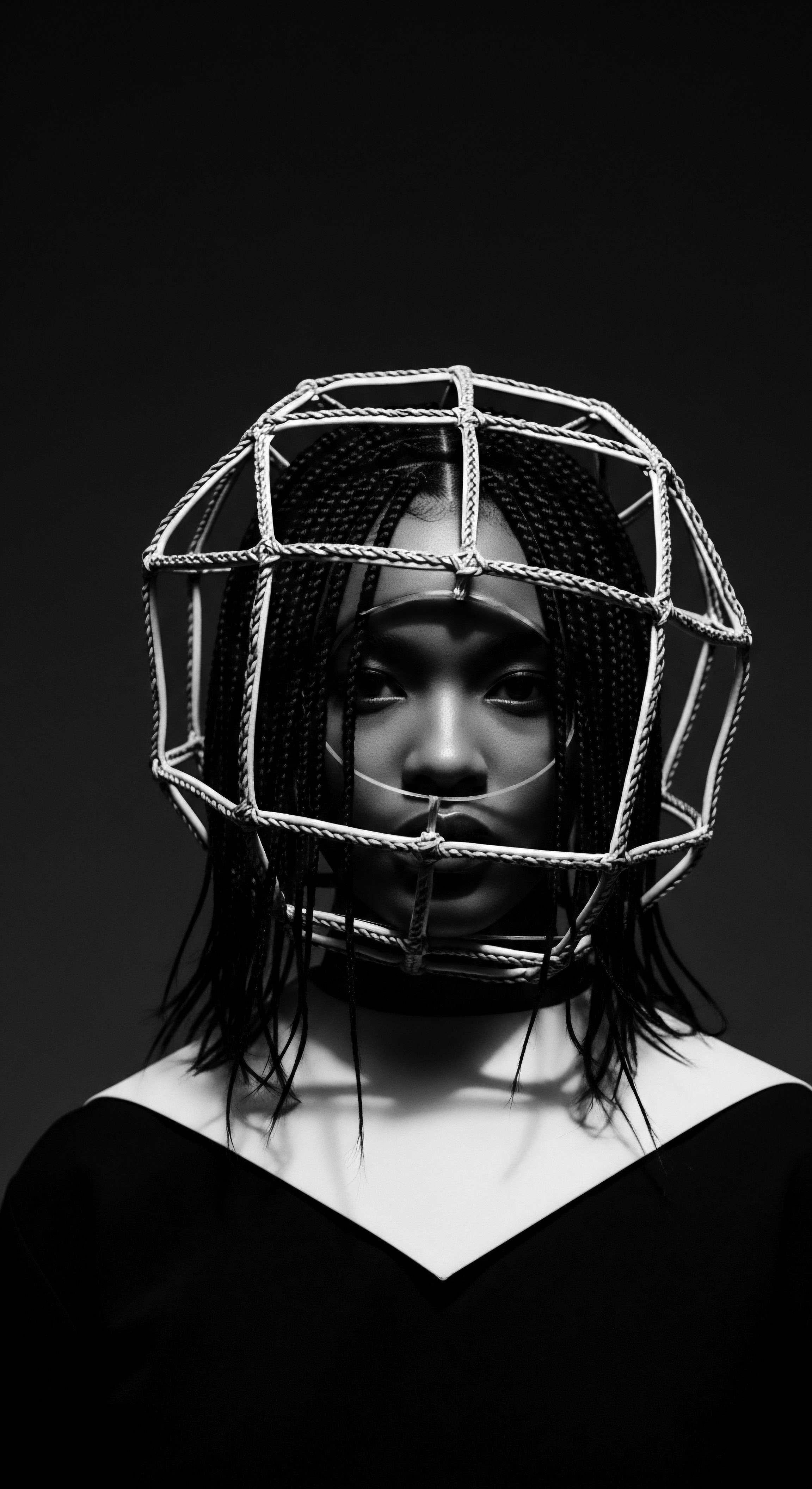
Reflection
As we trace the lineage of textured hair cleansing, from the earliest gathering of earth’s gentle bounty to the discerning choices made in contemporary bathrooms, we are reminded that this act is more than a simple removal of impurities. It is a profound conversation with our heritage , a dialogue with the ancestral wisdom that understood the very soul of a strand long before microscopes revealed its helical structure. Each lather, each rinse, each careful detangling carries the echoes of communal rituals, the resilience of adaptive innovation, and the quiet dignity of a people who have always celebrated the profound beauty of their coils and crowns.
This ongoing journey, this living archive of care, continues to remind us that our hair is a testament to perseverance, a symbol of identity that has weathered storms and emerged, always, with its inherent splendor. To cleanse textured hair is to honor its past, understand its present needs, and shape its future with reverence and joy. It is a daily practice, an affirmation of self, deeply rooted in the enduring spirit of textured hair heritage .
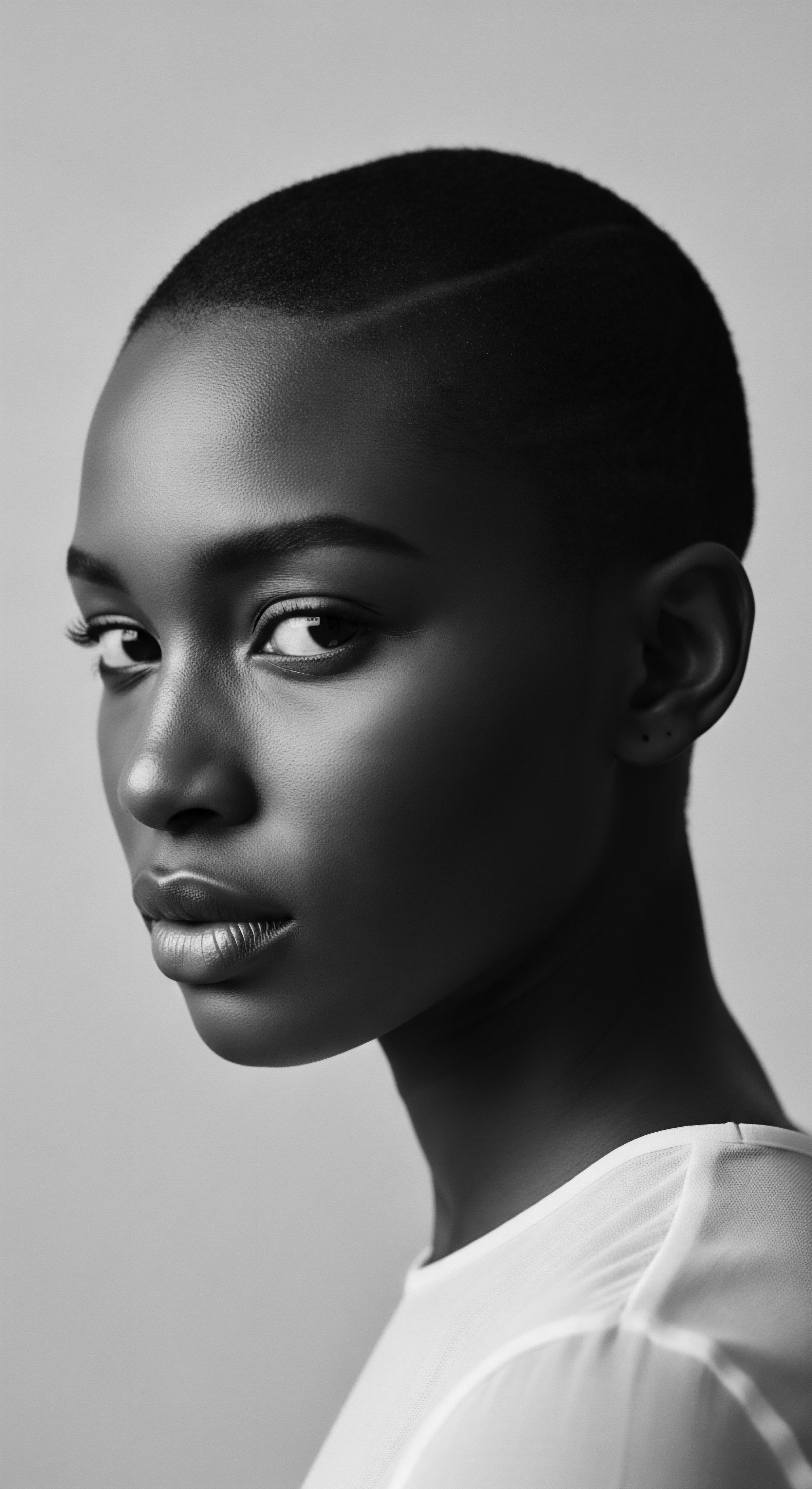
References
- Chadha, H. (2017). Phytochemical and Pharmacological Activities of Sapindus mukorossi. Asian Journal of Pharmaceutical and Clinical Research, 10(10), 1-5.
- Gavazzoni Dias, M. F. (2015). Hair Cosmetics ❉ An Overview. Journal of Cosmetic Dermatology, 14(3), 27-31.
- Byrd, A. D. & Tharps, L. D. (2001). Hair Story ❉ Untangling the Roots of Black Hair in America. St. Martin’s Press.
- Adeleke, T. (2009). African Americans and the Changing Nature of Hair Care. Garland Publishing.
- Mercer, M. (2007). Hair Story ❉ The American History of Hair. University of Pittsburgh Press.
- Gordon, A. (2009). The African-American Hair and Skin Care Book. Wiley.
- Banks, I. (2000). Hair Matters ❉ Beauty, Power, and Black Women’s Consciousness. New York University Press.
